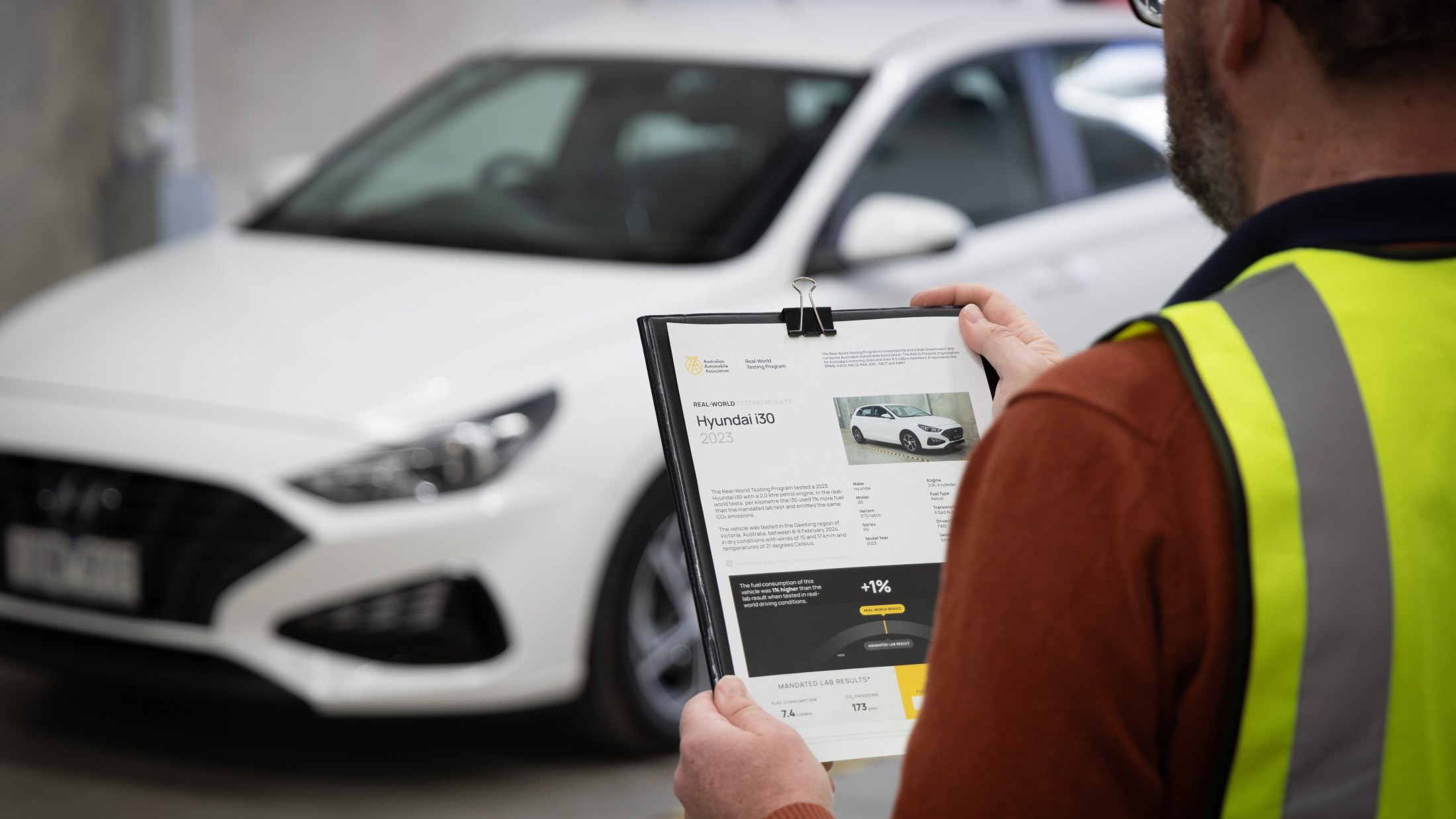
 visit raa.com.au
visit raa.com.au
The latest round of Australia’s Real-World Testing Program has revealed some vehicles’ fuel consumption on Australian roads can vary by up to 20 per cent from laboratory test results.
Of the 13 cars tested in the latest tranche of the Australian Automobile Association’s (AAA) program, five recorded fuel consumption levels between 9 per cent and 20 per cent higher than in their laboratory test results – and one even performed better than it did in the lab.
RAA fuel expert Mark Borlace said the results further showed how much variability there can be between lab tests and real-world results.
“This second round of findings again show that laboratory test results can be extremely unreliable,” Mr Borlace said.
“While several models tested this time around exceeded their claimed consumption levels by up to 20 per cent, the Kia Carnival was actually found to be more fuel efficient in the real world than reported in the lab test – recording 7 per cent lower fuel consumption.
“As we see these real-world results flow through, it will help drivers make a more informed choice when they’re choosing a car because they can be confident in knowing how much fuel a model will consume – on Australian roads, in Australian conditions.
“This is especially important at a time when unleaded fuel prices are peaking at around $2.20 a litre and the cost of living is rising across the board.”

The Real-World Testing Program compares vehicles’ fuel consumption and emissions in Australian driving conditions with the laboratory test results reported by car manufacturers. The $14 million program, launched last October, is funded by the Commonwealth Government and conducted by the AAA.
The four-year program will test 200 cars, SUVs and utes, including electric vehicles.
The results released today cover a mix of small and medium SUVs, passenger cars and people movers.
Among the 13 vehicles tested, seven delivered fuel consumption within 5 per cent of lab test results, while five exceeded their lab test fuel consumption by between 9 and 20 per cent.
The largest variation was recorded in the BMW X3, which consumed 20 per cent more fuel in the real-world test than in the laboratory test reported by the manufacturer.
The MG3, a small car, consumed 19 per cent more fuel on the road than in the laboratory, while the Audi Q5’s fuel consumption exceeded its corresponding lab test by 17 per cent, the Toyota Yaris Cross by 12 per cent, and the Volvo XC40 by 9 per cent.
AAA Managing Director Michael Bradley said Real-World Testing would drive down demand for models that over-promised and under-delivered.
“Australian families and fleet buyers can place their faith in the reliability of these tests, which show that when comparing vehicles, consumers cannot assume that better lab performance will translate into real-world savings,’’ Mr Bradley said.
“This information could help a new car buyer save hundreds of dollars a year. The program is also helping fleet-owners to better manage their purchasing decisions, budgets, and environmental commitments.
“The AAA is pleased to be partnering with the Government to deliver this important program and is grateful that it enjoys bi-partisan political support.”
For more information on the latest round of results, visit realworld.org.au.